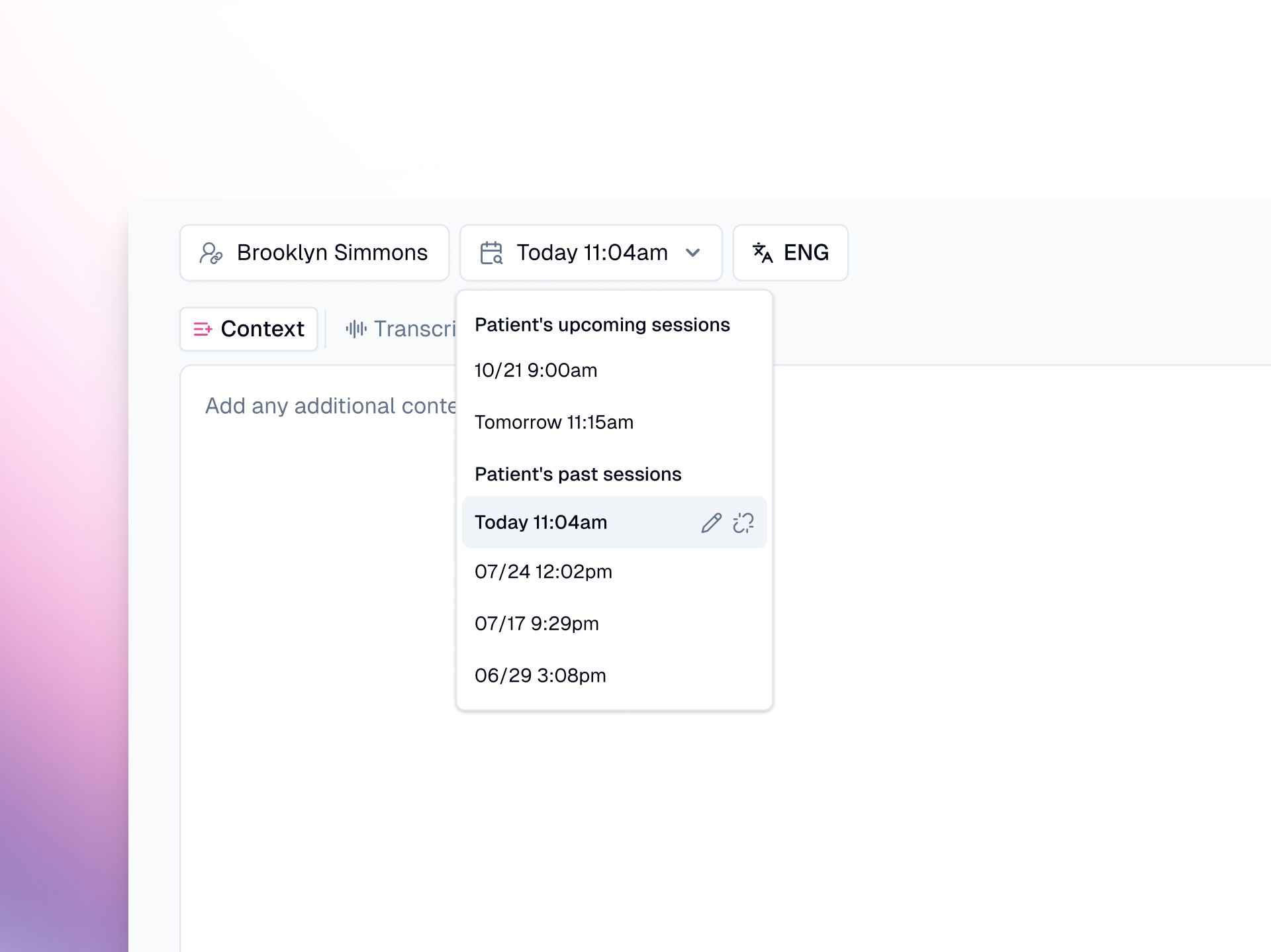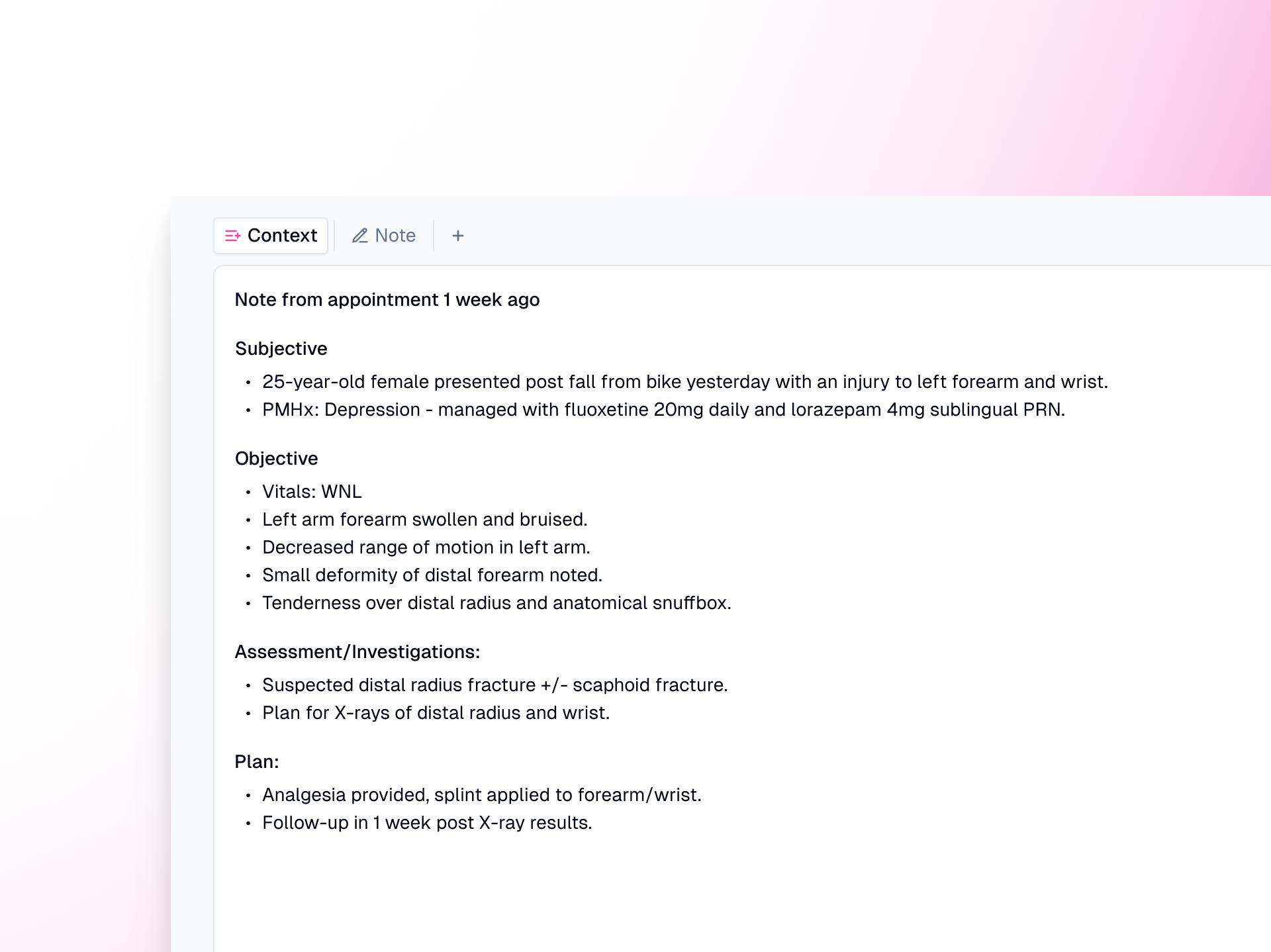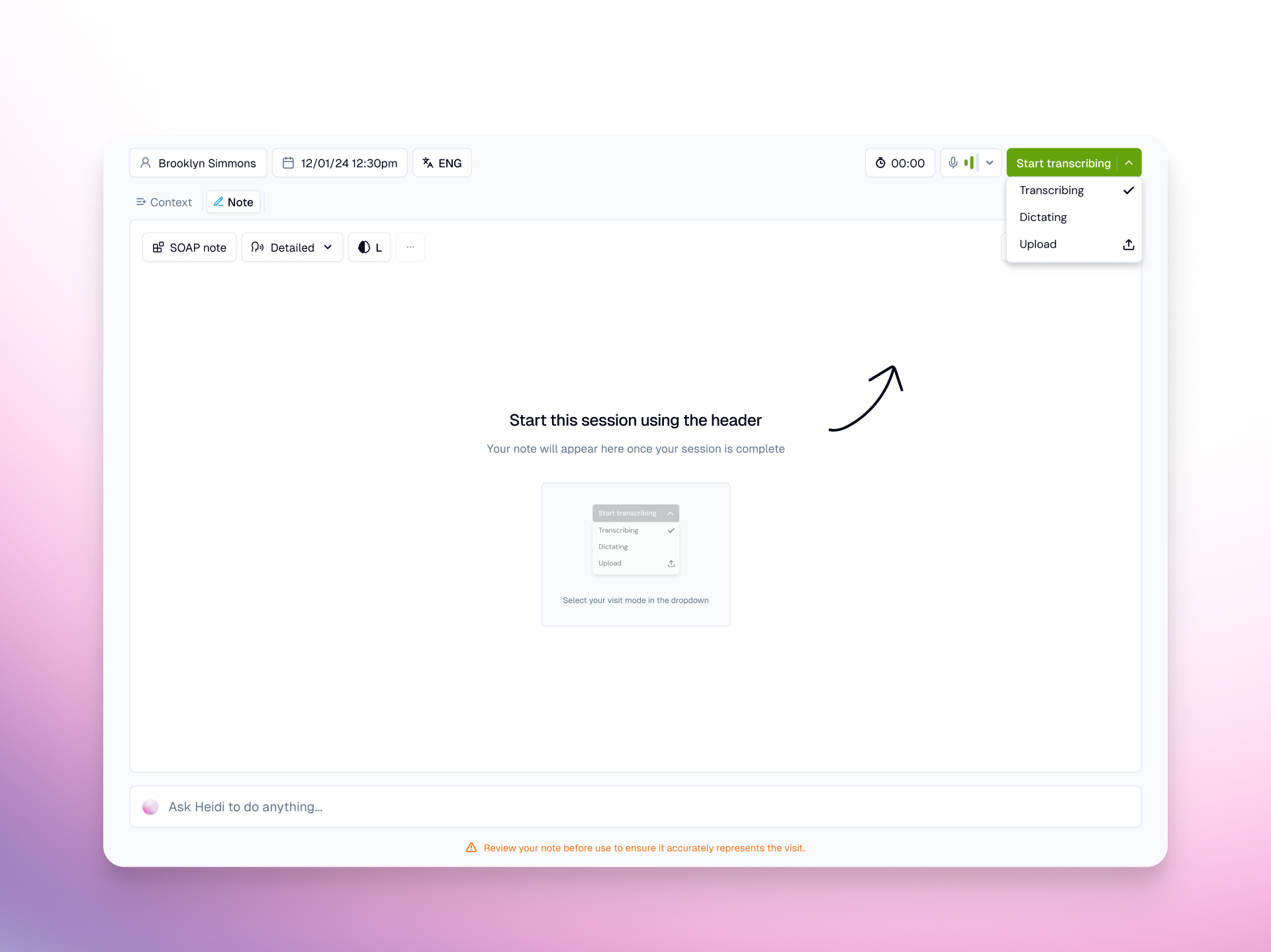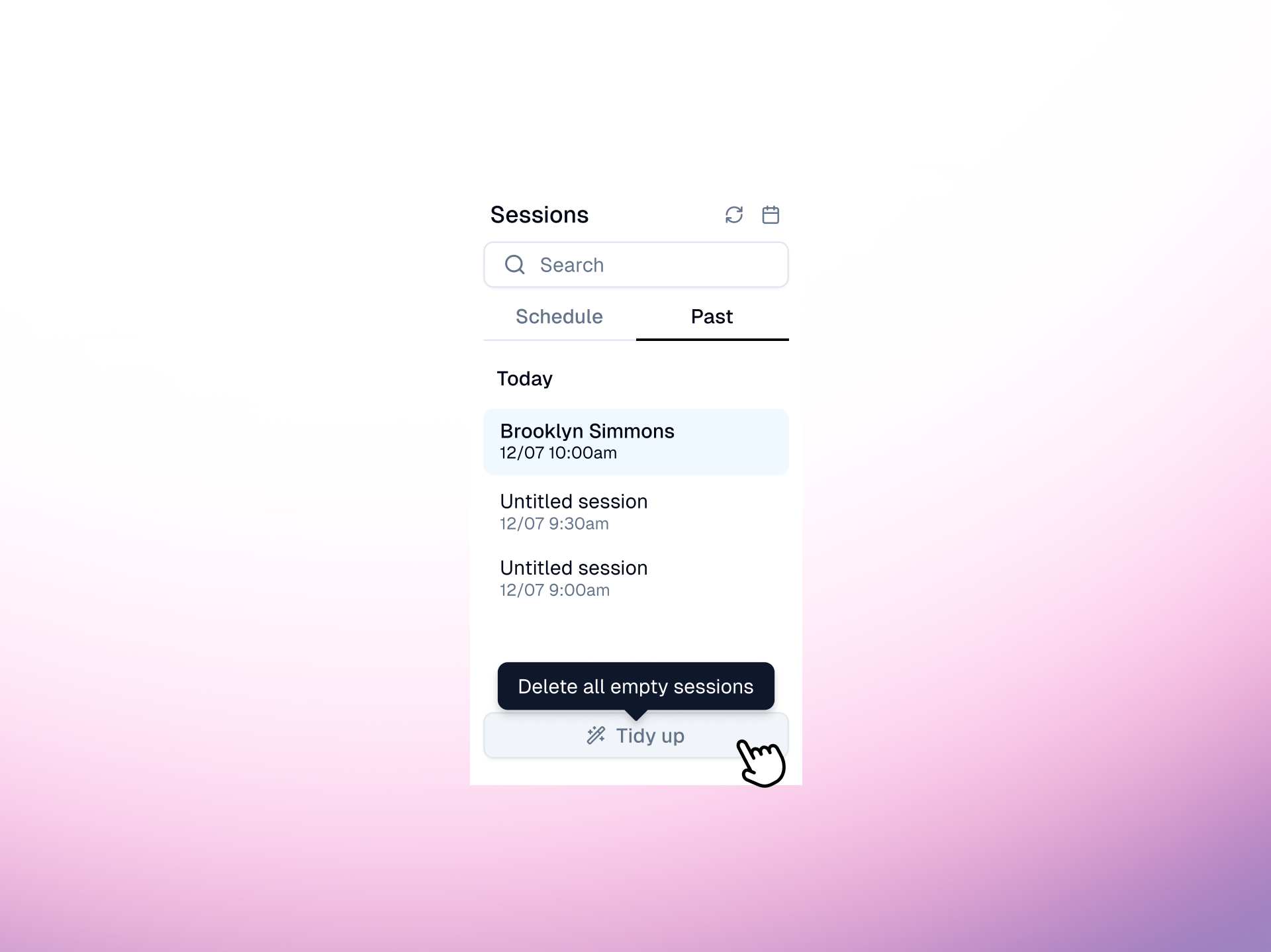Patient profiles and session linking
As more clinicians make Heidi the centerpiece of their daily workflows, we’re hearing that you want an easy way to manage patient information across multiple sessions.
With patient profiles and session linking, you can now create, update, and organize a patient’s information under a single customizable patient identifier. You might think of this as a patient “file” within Heidi.
Patient profiles and linked sessions make it easy to group, access, and edit previous sessions. It also streamlines the process of asking Heidi to utilize historical patient data in notes for follow-up sessions or document generation.
Here’s how it works:
- Create a patient profile by navigating to a session, clicking the session name box, and choosing a patient identifier
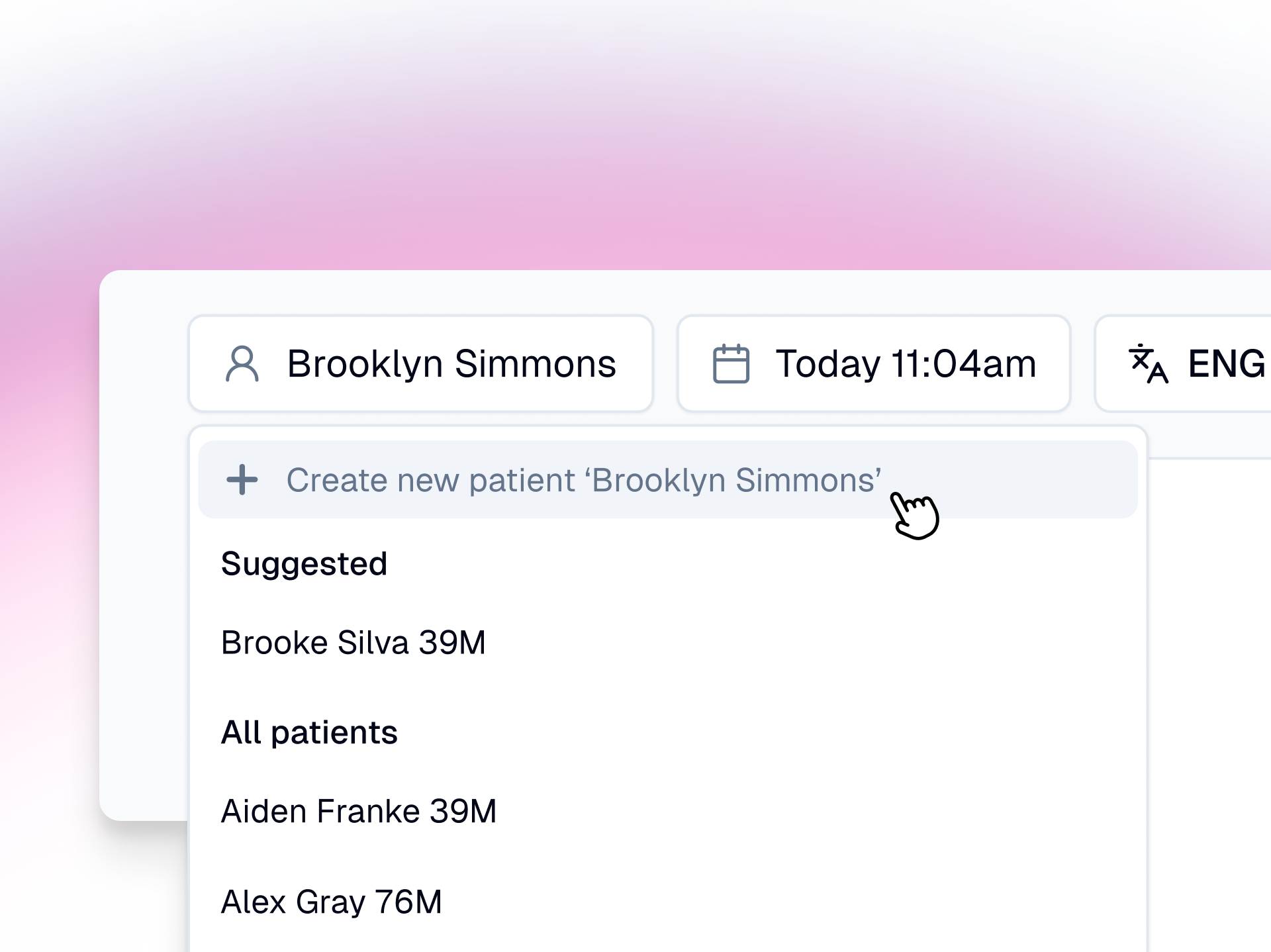
- Use the link button to link sessions from your list to the patient profile (new sessions can also be directly added to a patient profile)
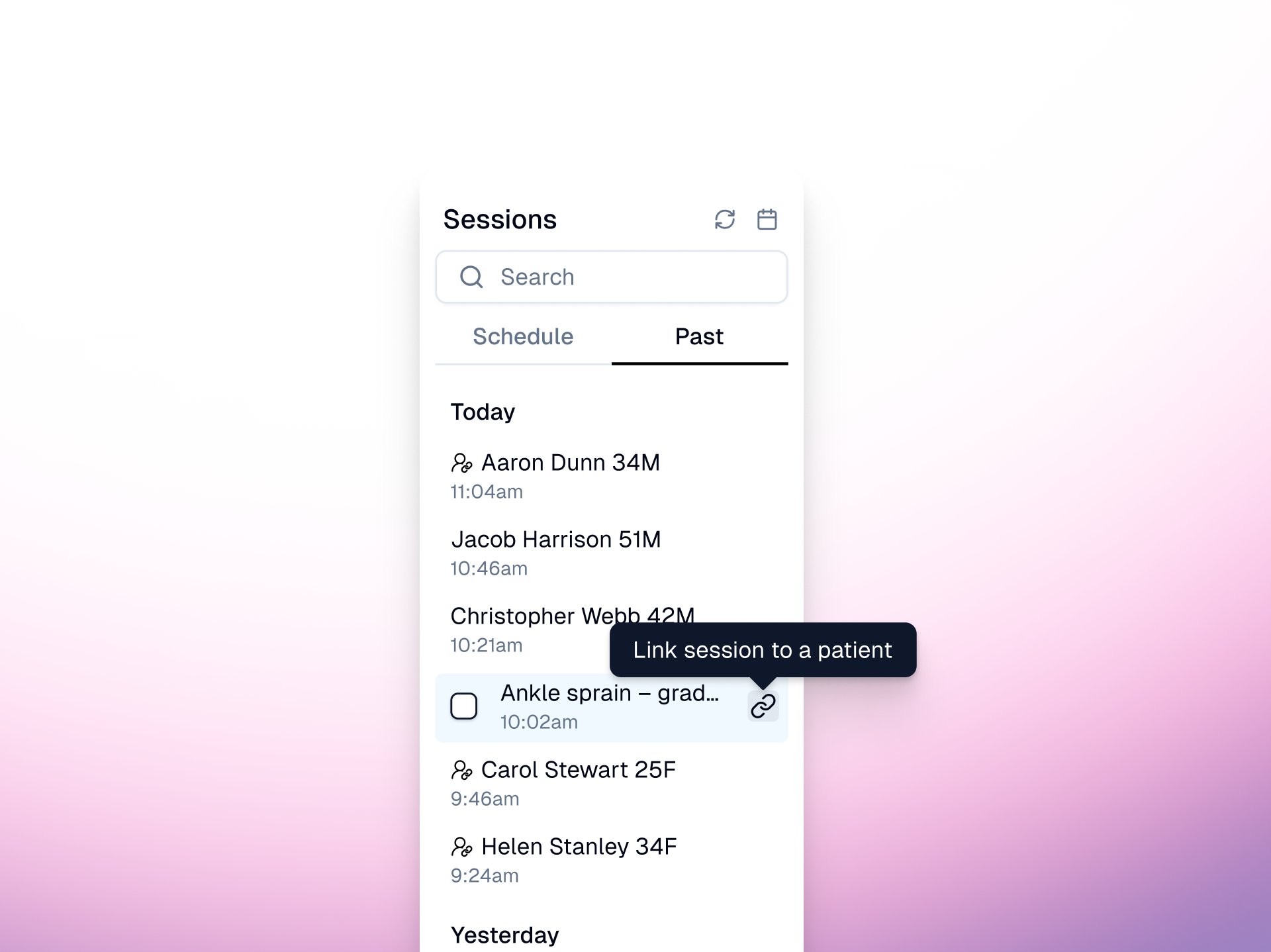
- Click a date within a patient’s profile to view and open previous sessions
